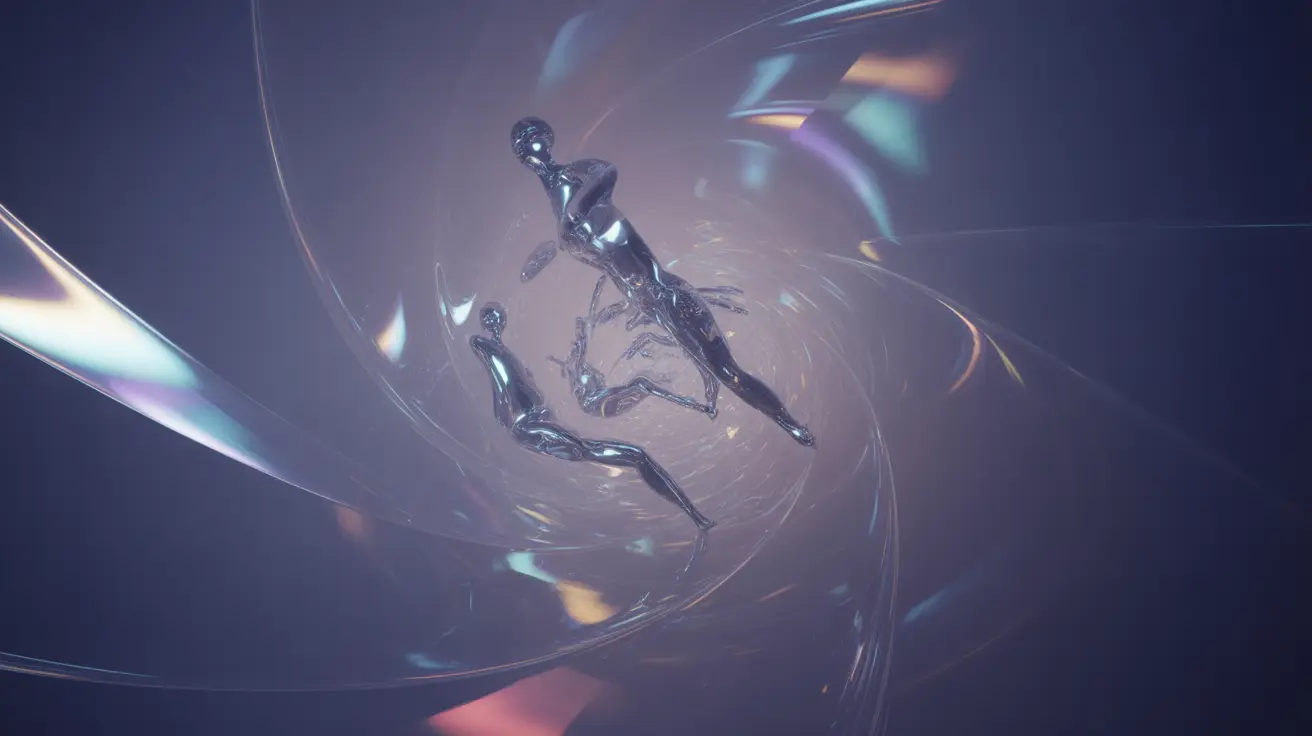Visual hallucinations can be a challenging and distressing symptom for people living with bipolar disorder, particularly during manic episodes. Understanding these experiences and their relationship to bipolar disorder is crucial for both patients and their support systems. While not everyone with bipolar disorder experiences hallucinations, recognizing their patterns and knowing when to seek help can significantly impact treatment outcomes.
This comprehensive guide explores the various types of visual hallucinations associated with bipolar disorder, their causes, and effective management strategies. We'll examine how these experiences differ from other forms of hallucinations and discuss important triggers that patients should be aware of.
Common Types of Visual Hallucinations in Bipolar Disorder
Visual hallucinations during bipolar episodes can manifest in several distinct ways:
- Seeing shadows or movement in peripheral vision
- Perceiving patterns or colors that aren't present
- Witnessing fully-formed objects or people that don't exist
- Experiencing distortions of actual objects or faces
- Seeing flashes of light or geometric shapes
These experiences are typically more intense during manic phases and can vary significantly in their complexity and duration. Some individuals might experience brief, simple hallucinations, while others may encounter more elaborate visual phenomena.
Understanding the Connection to Manic Episodes
Visual hallucinations tend to occur more frequently during manic episodes due to several factors:
- Increased dopamine activity in the brain
- Heightened sensory processing
- Disrupted sleep patterns
- Elevated stress levels
- Intense emotional states
The relationship between mania and visual hallucinations often creates a challenging cycle, as the presence of hallucinations can further intensify manic symptoms.
Distinguishing Features of Bipolar Hallucinations
Visual vs. Auditory Experiences
While both visual and auditory hallucinations can occur in bipolar disorder, they have distinct characteristics:
- Visual hallucinations tend to be more vivid and immediate
- Auditory hallucinations often involve voices or sounds
- Visual experiences are typically shorter in duration
- Combined hallucinations may occur but are less common
Impact of Sleep and Stress
Environmental and physiological factors play a significant role in triggering visual hallucinations:
- Sleep deprivation can significantly increase the likelihood of visual hallucinations
- Chronic stress may lower the threshold for hallucinatory experiences
- Poor sleep hygiene can exacerbate both manic symptoms and hallucinations
- High-stress environments may intensify existing visual disturbances
Treatment Approaches and Management
Managing visual hallucinations in bipolar disorder requires a comprehensive treatment approach:
Medication Options
- Antipsychotic medications
- Mood stabilizers
- Anti-anxiety medications when appropriate
- Sleep aids to maintain healthy sleep patterns
Therapeutic Interventions
Several therapeutic strategies can help individuals cope with visual hallucinations:
- Cognitive Behavioral Therapy (CBT)
- Reality testing techniques
- Stress management strategies
- Sleep hygiene education
- Support group participation
Frequently Asked Questions
What are some common examples of visual hallucinations experienced during bipolar disorder manic episodes?
Common examples include seeing shadows or movements that aren't there, perceiving nonexistent patterns or colors, seeing fully-formed objects or people, experiencing distortions of real objects, and witnessing flashes of light or geometric shapes.
How do visual hallucinations in bipolar disorder differ from auditory hallucinations?
Visual hallucinations in bipolar disorder tend to be more immediate and vivid, while auditory hallucinations typically involve hearing voices or sounds. Visual experiences are usually shorter in duration and may be more directly linked to manic states.
Why do visual hallucinations occur more often in bipolar manic episodes than in depressive episodes?
Visual hallucinations are more common during manic episodes due to increased dopamine activity, heightened sensory processing, and disrupted sleep patterns associated with mania. The intense emotional and physiological state during mania creates conditions more conducive to visual disturbances.
What treatment options are available to help manage visual hallucinations in bipolar disorder?
Treatment options include antipsychotic medications, mood stabilizers, therapeutic interventions like CBT, reality testing techniques, and stress management strategies. A comprehensive approach often combines medication with therapy and lifestyle modifications.
Can sleep deprivation or stress trigger visual hallucinations in people with bipolar disorder?
Yes, both sleep deprivation and stress can significantly trigger or worsen visual hallucinations in people with bipolar disorder. Maintaining good sleep hygiene and managing stress levels are crucial parts of preventing and managing these experiences.




